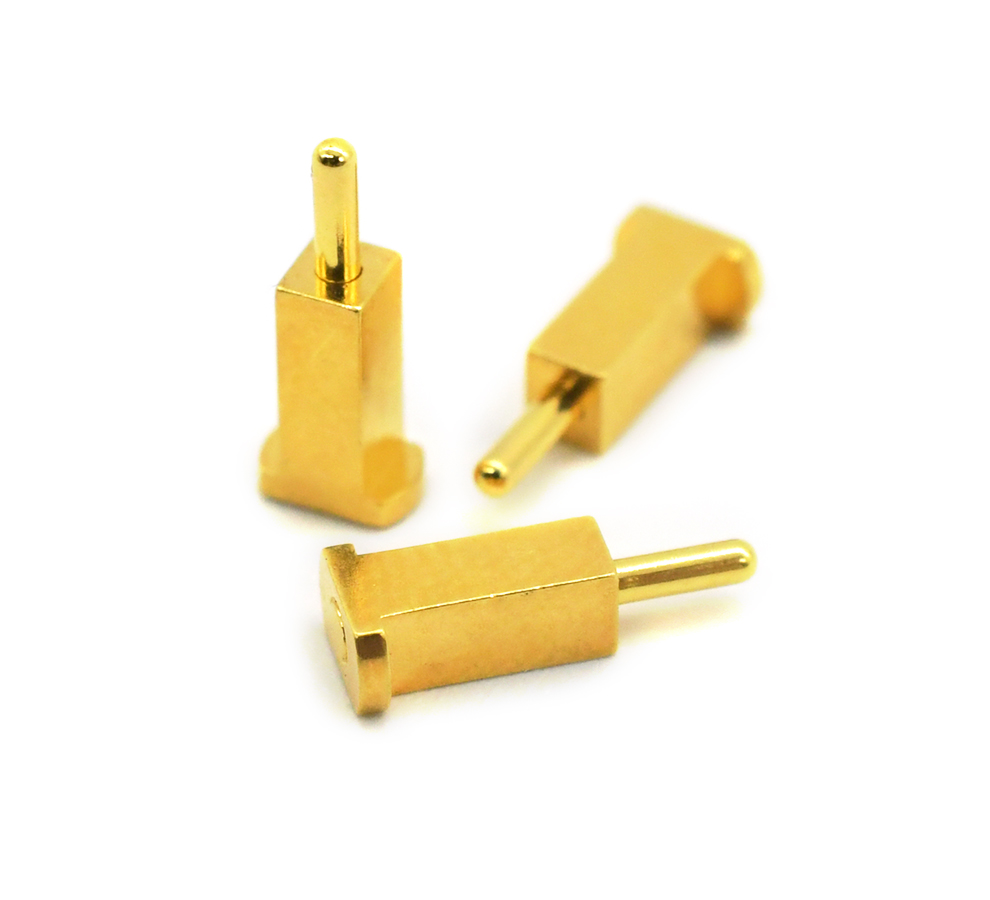Time:2025-09-26 Views:1 source:News

The jacks of Pogo Pin connectors, which form the mating interface with the pins, rely heavily on copper as a core material due to its excellent electrical conductivity and malleability. However, specific requirements must be met to ensure optimal performance, durability, and reliability in various applications.
First and foremost, the copper used in Pogo Pin jacks must have high electrical conductivity. Pure copper (Cu) has a conductivity of approximately 100% IACS (International Annealed Copper Standard), but alloying elements can reduce this. For critical applications like high-speed data transmission or power delivery, the copper alloy should maintain a conductivity of at least 85% IACS. This ensures minimal signal loss and efficient current transfer, which is crucial in devices such as smartphones, laptops, and medical equipment where signal integrity is paramount.
Mechanical strength is another key requirement. The jack must withstand repeated 插拔 cycles without deformation, which can disrupt the electrical contact. Copper alloys like beryllium copper (BeCu) and phosphor bronze are commonly used due to their high tensile strength and fatigue resistance. Beryllium copper, in particular, offers a tensile strength of 1,000–1,400 MPa after heat treatment, making it ideal for jacks that need to maintain their shape under constant spring force from the Pogo Pin. Phosphor bronze, with a tensile strength of 600–800 MPa, provides a balance of strength and ductility, suitable for less demanding applications.
Corrosion resistance is essential to prevent degradation over time, especially in harsh environments. Copper itself forms a protective oxide layer, but this can be enhanced through plating. However, the base copper must be pure enough to avoid galvanic corrosion when in contact with other metals (e.g., the Pogo Pin’s plating, which is often gold or nickel). Impurities in copper, such as iron or lead, can create micro-galvanic cells, accelerating corrosion. Thus, the copper should have a purity level of 99.5% or higher, with strict limits on impurity content (e.g., less than 0.01% iron, 0.005% lead).
Formability is also a critical factor. Pogo Pin jacks often have complex geometries, including spring-like features or precision-machined cavities, which require the copper to be easily shaped through processes like stamping, machining, or cold forming. Beryllium copper excels here due to its excellent workability in the annealed state, allowing for intricate designs, and it can be heat-treated afterward to achieve high strength. Phosphor bronze, with its good ductility, is also suitable for forming processes, though it may require more careful handling to avoid cracking during fabrication.
Read recommendations:
Automated Testing Magnetic PogoPin
Pogo Pin in Automotive Electronic Circuit Boards
The Connecting Role of Pogo Pins in Wireless Charging Equipment